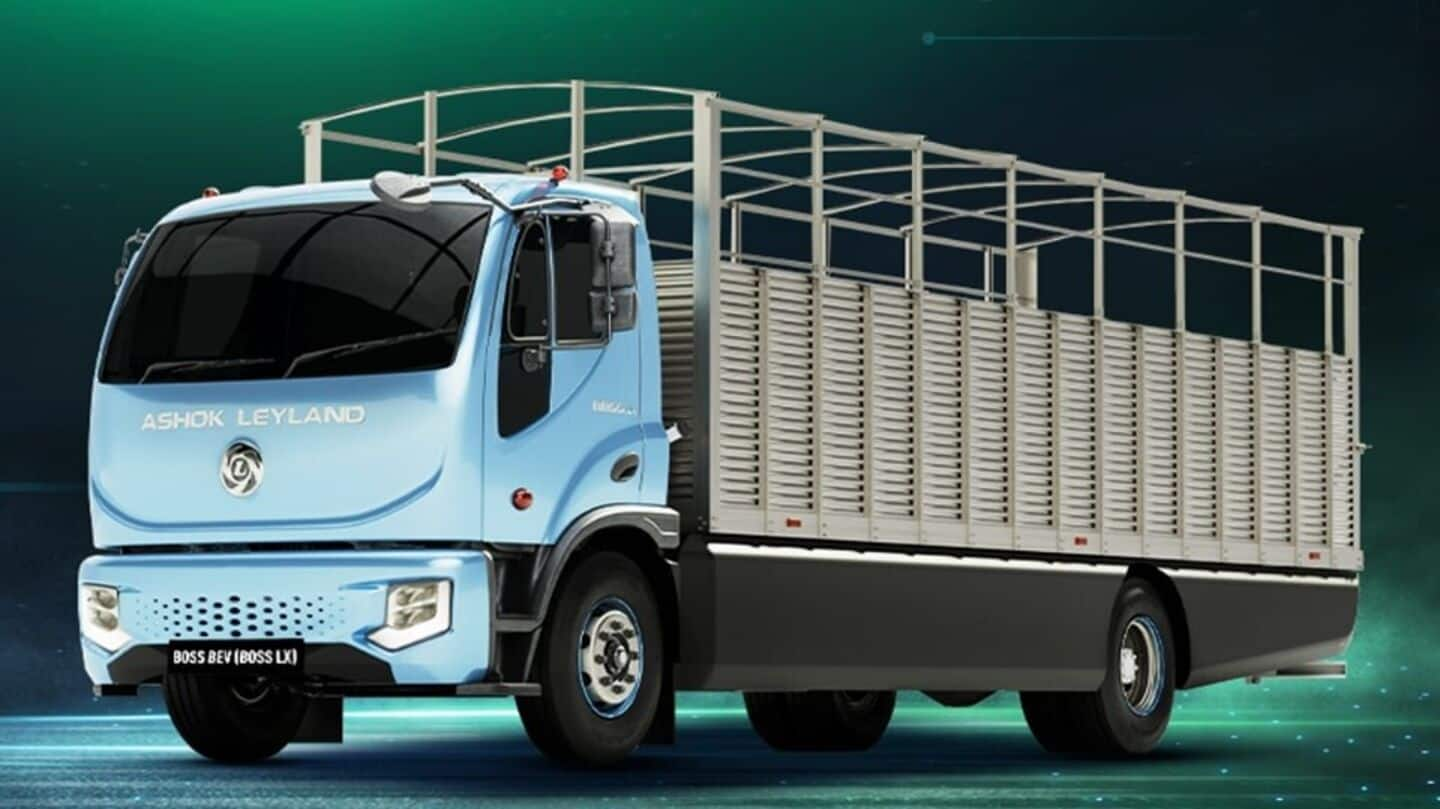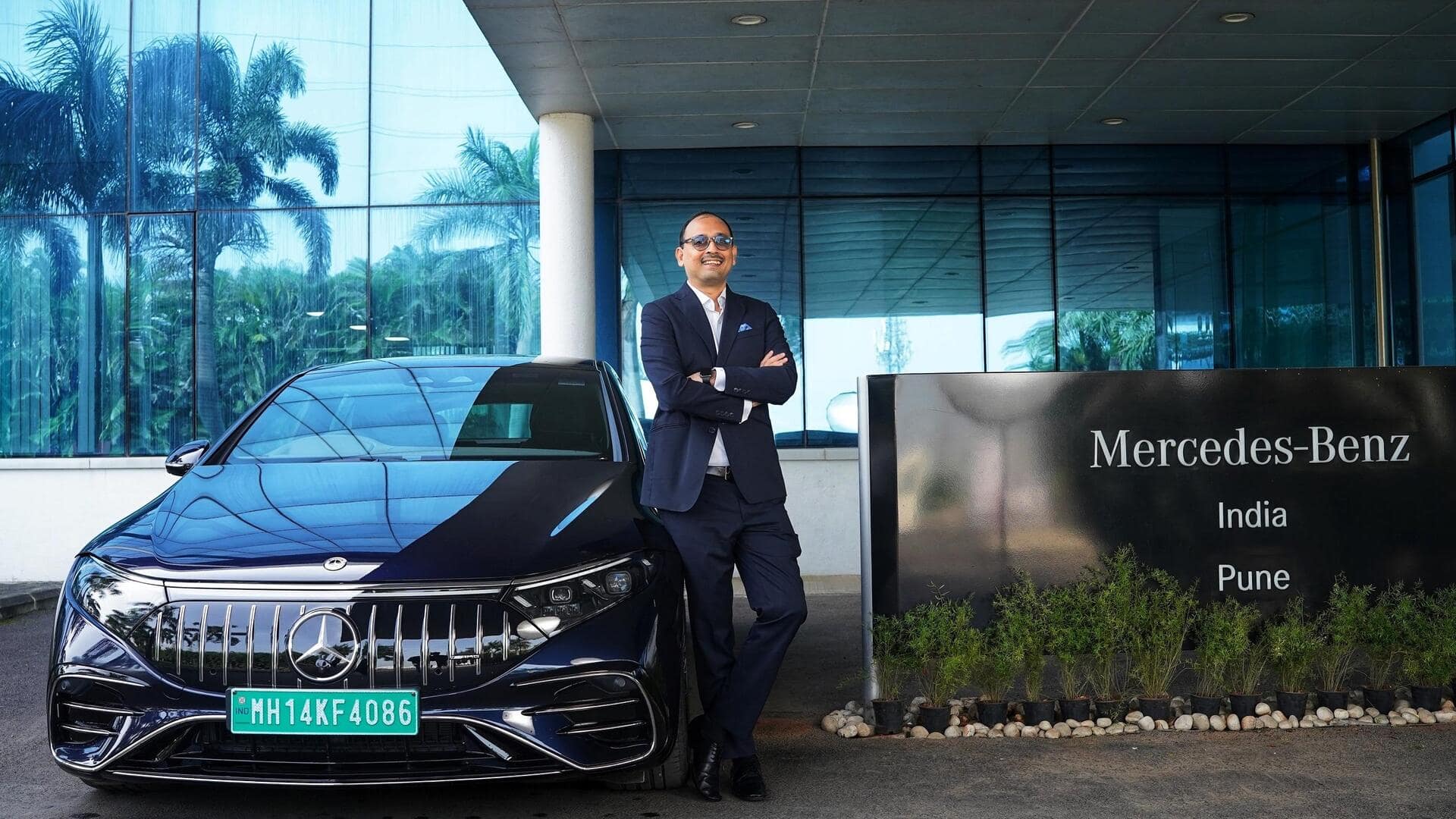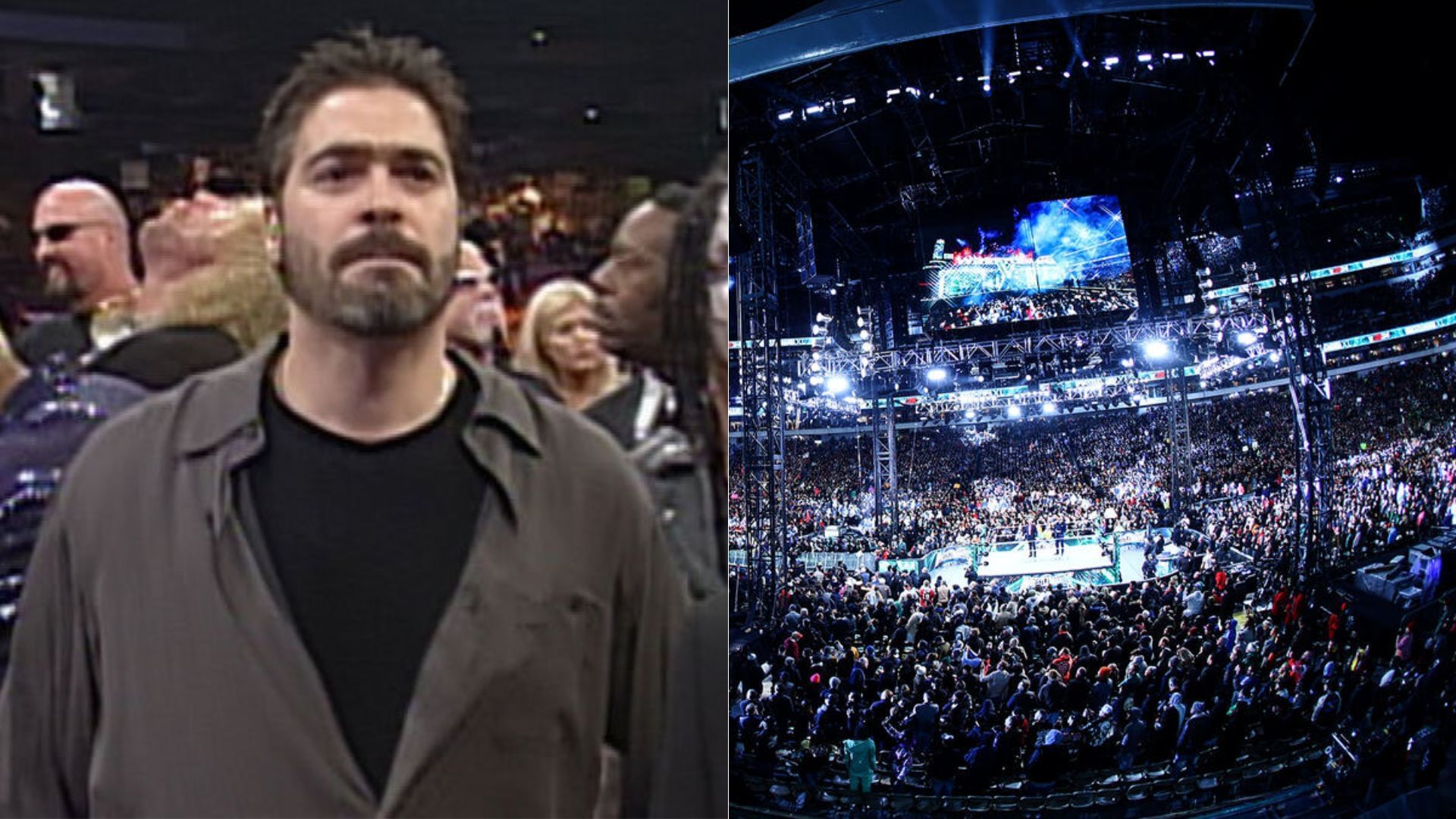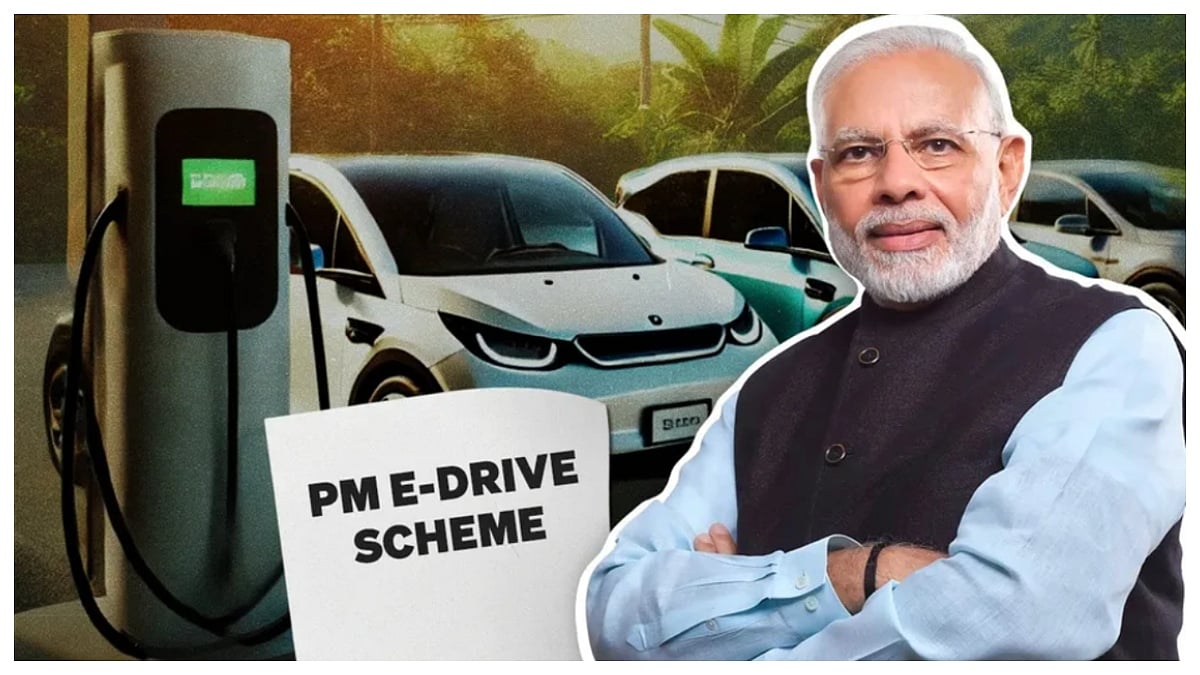**Why India’s Electric Truck Makers Are Struggling to Go Local**
*By Dwaipayan Roy | Oct 12, 2025, 05:21 PM*
—
India’s electric truck industry is facing significant challenges in meeting the government’s stringent localization demands. Despite efforts from leading manufacturers such as Tata Motors and Ashok Leyland to produce local parts and promote green logistics, progress has been slow. This struggle is further compounded by the low demand for electric trucks in the country.
### Government Push for Localization
The Indian government has been actively encouraging electric truck manufacturers to comply with an ambitious localization plan. Recent consultations between the Union Heavy Industries Ministry and major e-truck makers — including Tata Motors, Ashok Leyland, Volvo Eicher Commercial Vehicles, and Murugappa-group’s IPLTech — have focused on this initiative.
Under the 10,900 crore PM E-Drive scheme launched in July, a phased manufacturing program (PMP) for electric trucks was introduced. This program sets specific deadlines for importing components, aiming to boost local production and reduce reliance on imports.
### What is the Phased Manufacturing Program?
The PMP outlines a timeline restricting the import of several key components, most of which are currently brought in from China. These include HVAC systems, electric compressors for brakes, charging inlets for standard EV chargers, battery management systems, vehicle control units, and traction motors.
Manufacturers were required to stop importing most of these components after September 1, 2025, as part of the localization drive.
### Policy Adjustments Amid Supply Challenges
The government has recently softened its stance due to supply issues related to rare earth magnets from China. Electric truck makers are now allowed to import traction motors containing these magnets from Chinese suppliers.
Additionally, the PM E-Drive scheme’s timeline for electric trucks and buses has been extended by two years, now running through FY28. This extension comes after initial funds earmarked for these vehicle segments remained largely unutilized.
### Delays in Localization Testing
Despite these measures, no electric truck models have successfully passed the localization tests in over two months since the guidelines were introduced. This indicates a slow transition towards local components.
The government has urged manufacturers to accelerate this process to clearly demonstrate the use of locally produced parts in electric trucks and buses.
### Growth in Local Auto Component Production
On a positive note, Indian auto component manufacturers are beginning to scale up production of critical EV parts domestically. Companies like Sona Comstar and Toyota Kirloskar Auto Parts Ltd are currently producing traction motors and trans-axles for electric vehicles within India.
These efforts are supported by the government’s 25,938 crore production-linked incentive (PLI) scheme for automobiles and auto parts, which requires at least 50% of spare parts and raw materials to be sourced locally.
### Market and Cost Challenges
Manufacturers have cited ongoing demand uncertainty as a primary reason for hesitation in fully switching to local components.
However, the government highlights growing interest among companies in sectors such as ports, steel, and cement, which are keen to adopt green logistics solutions.
One major hurdle remains the high cost of electric trucks, which are currently priced 20% to 50% higher than their diesel counterparts. This cost difference is a deterrent for many businesses considering the transition.
—
The road to localization in India’s electric truck sector is challenging but crucial for the growth of sustainable transport and domestic manufacturing. With policy support and gradual market acceptance, industry observers remain cautiously optimistic about the future of green logistics in India.
https://www.newsbytesapp.com/news/auto/india-s-electric-truck-makers-are-facing-these-issues/story



